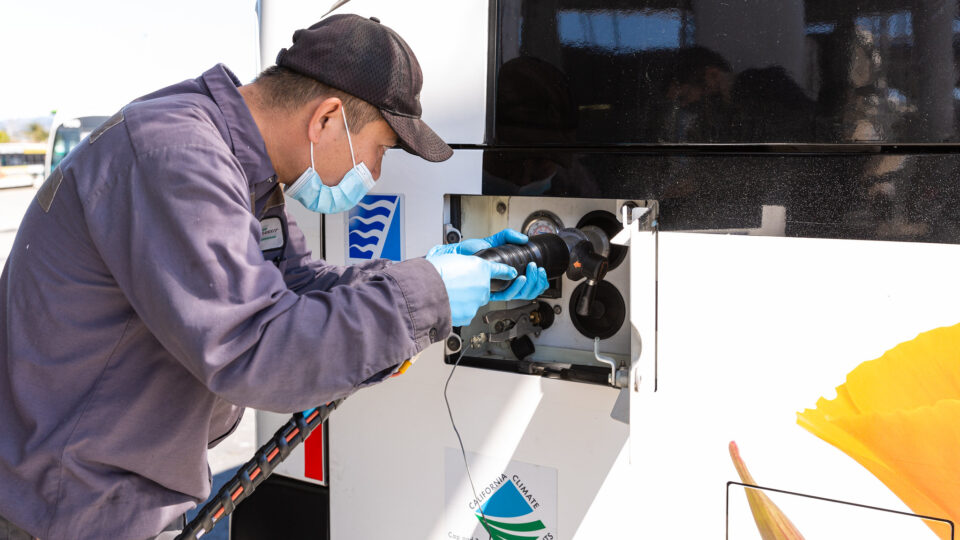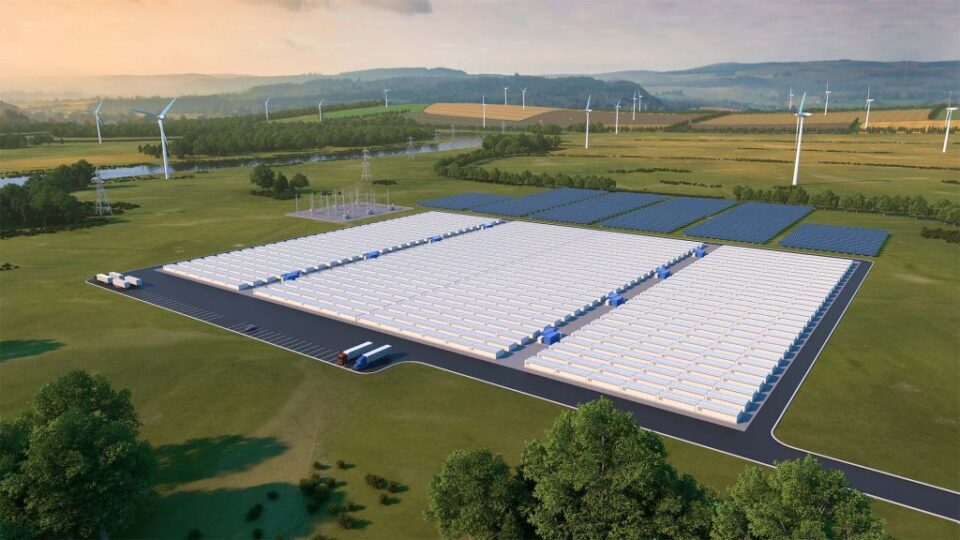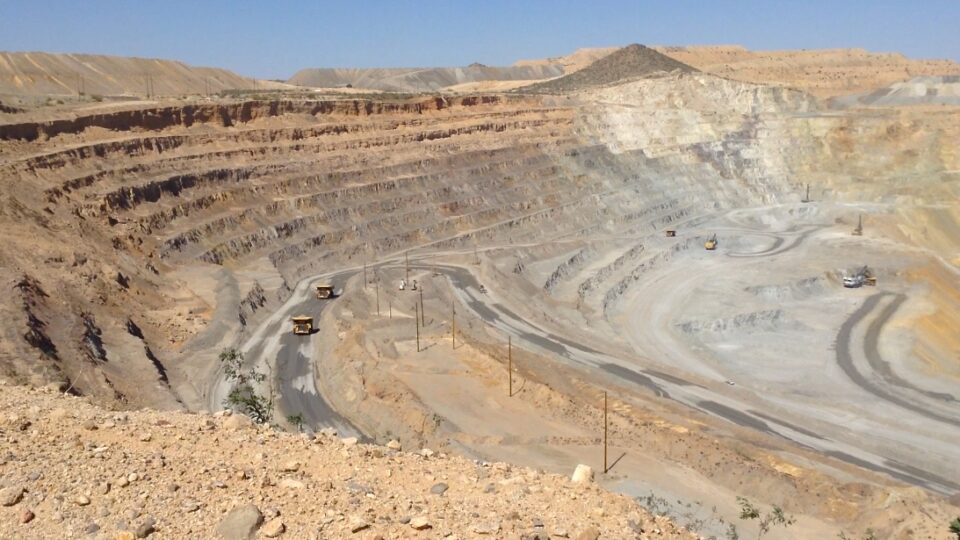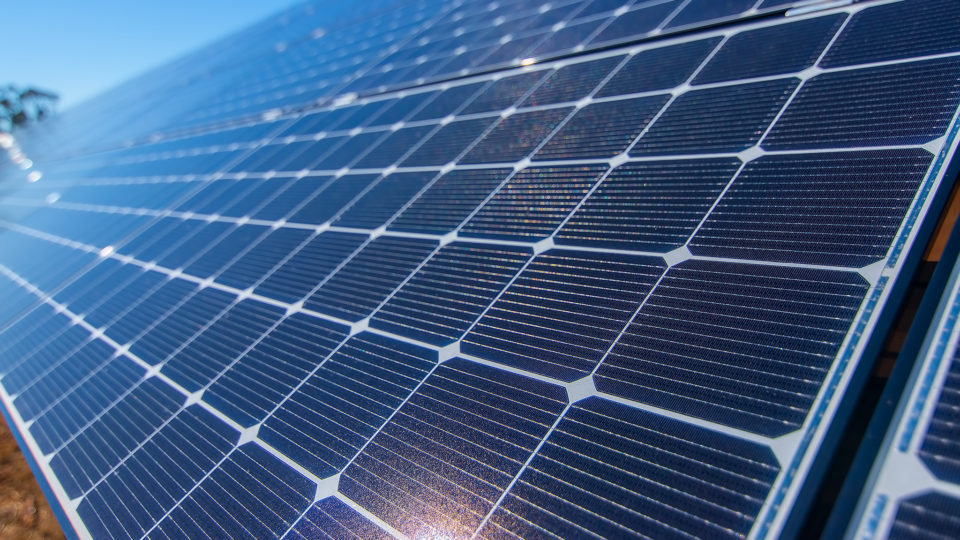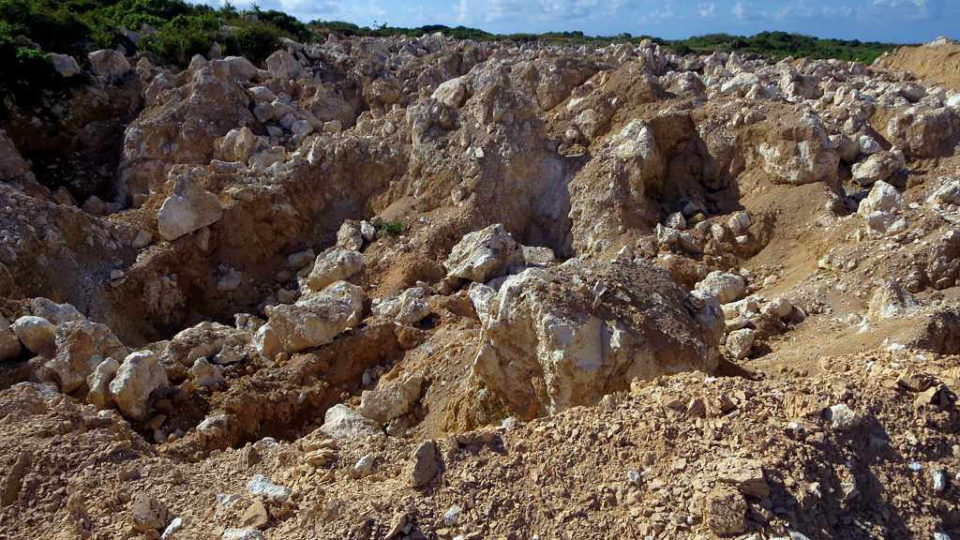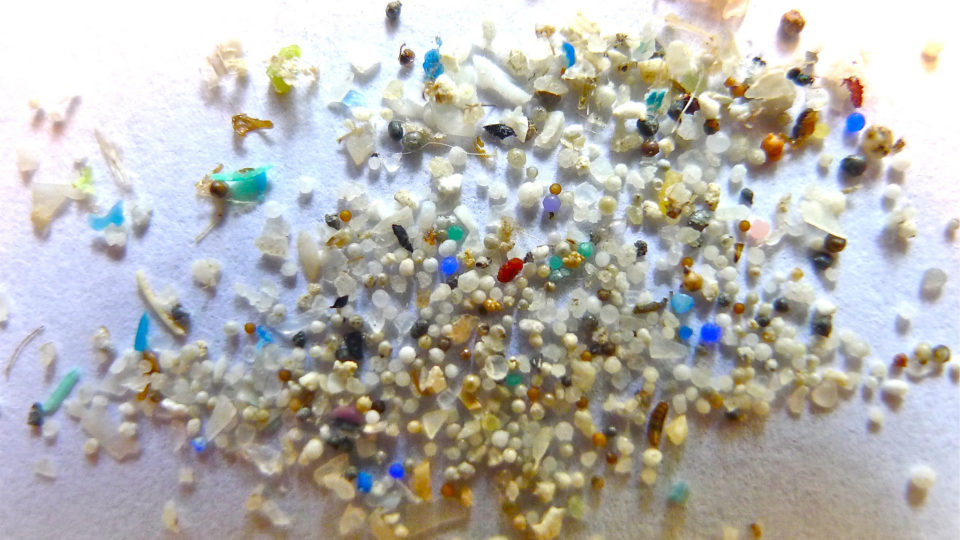Hydrogen could serve as a viable alternative to fossil fuels that can be used directly as a fuel or can be used to generate electricity to power cars and other devices. However, large-scale production of hydrogen currently relies on fossil fuels and creates carbon emissions in the process.
So-called green hydrogen involves using electricity to split water into its component elements to produce it. If the electricity is generated without emissions, then the hydrogen is truly green.
Another way to get hydrogen is by breaking down hydrocarbons like methane, which itself is a very powerful greenhouse gas. This so-called blue hydrogen could be environmentally friendly if an appropriate method for producing it can be developed.
Existing techniques for converting methane into hydrogen involve the use of metal catalysts – often nickel – that are energy-intensive to mine and manufacture, and can negatively affect the environment. Research at the University of Surrey in the UK has shown promising results for the use of nitrogen-doped nanocarbons as metal-free catalysts for the direct conversion of methane into hydrogen. One of the biggest problems with using metal catalysts for hydrogen production is that they get poisoned by carbon. The carbon that comes out of the methane ends up stopping the catalyst from continuing to do its chemical job. It turns out that the doped nanocarbon approach to hydrogen catalysis appears to be resistant to this problem.
The development of sustainable hydrogen production methods, including efficient and sustainable electrolysis of water as well as catalysis of hydrocarbons like methane, is crucial to realizing the potential of hydrogen fuel as a clean energy source.
**********
Web Links
‘Game-changing’ findings for sustainable hydrogen production
Photo, posted April 30, 2021, courtesy of California Energy Commission via Flickr.
Earth Wise is a production of WAMC Northeast Public Radio
